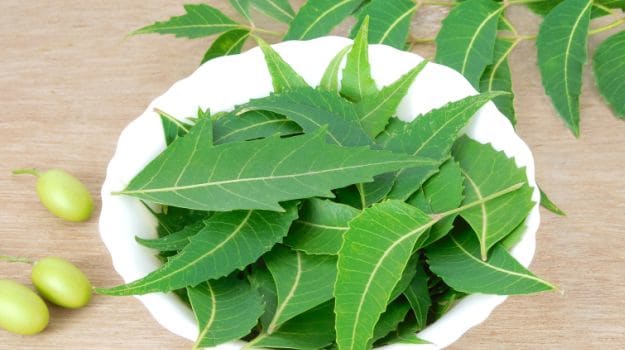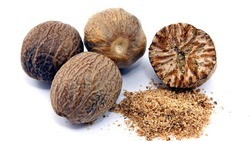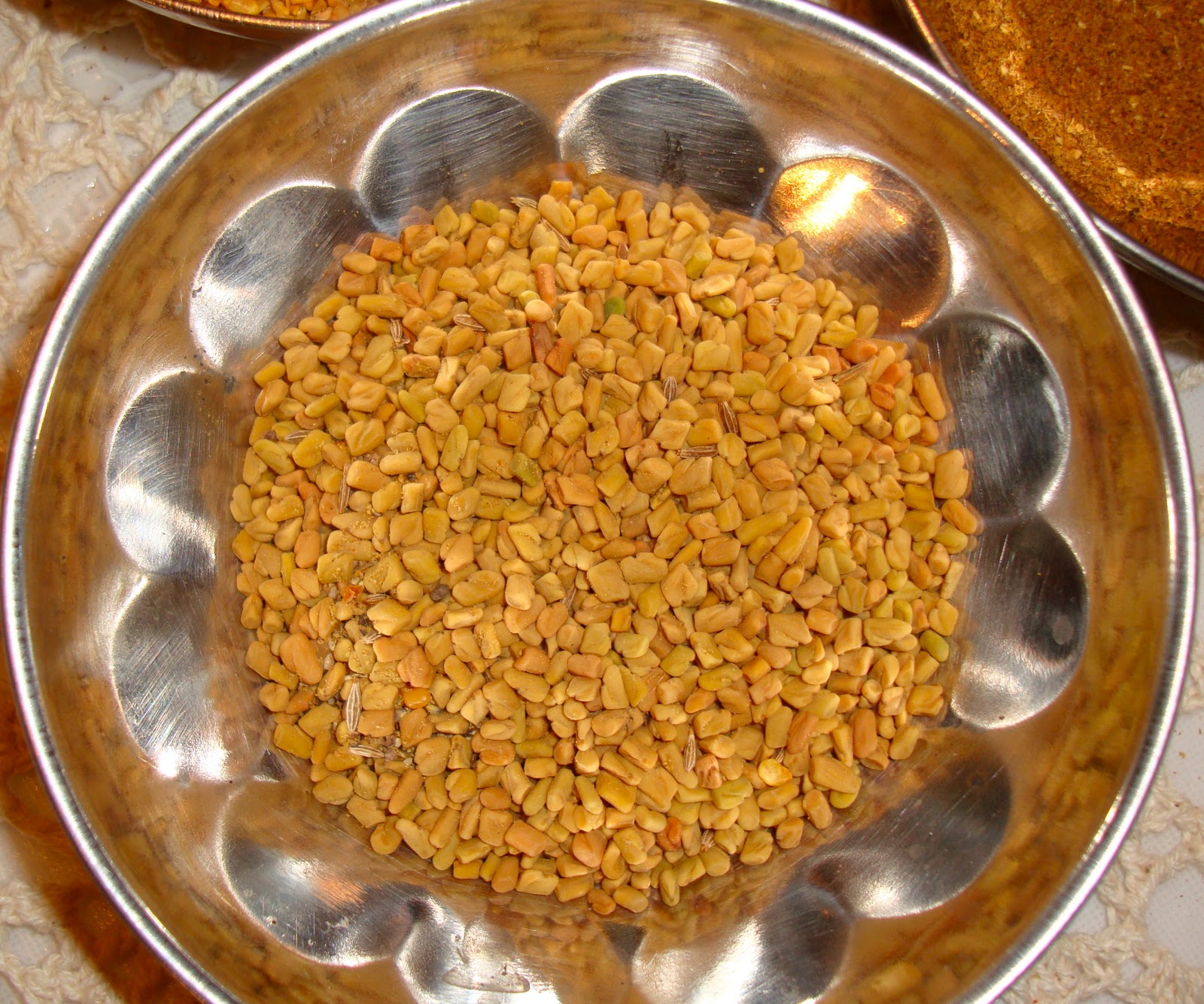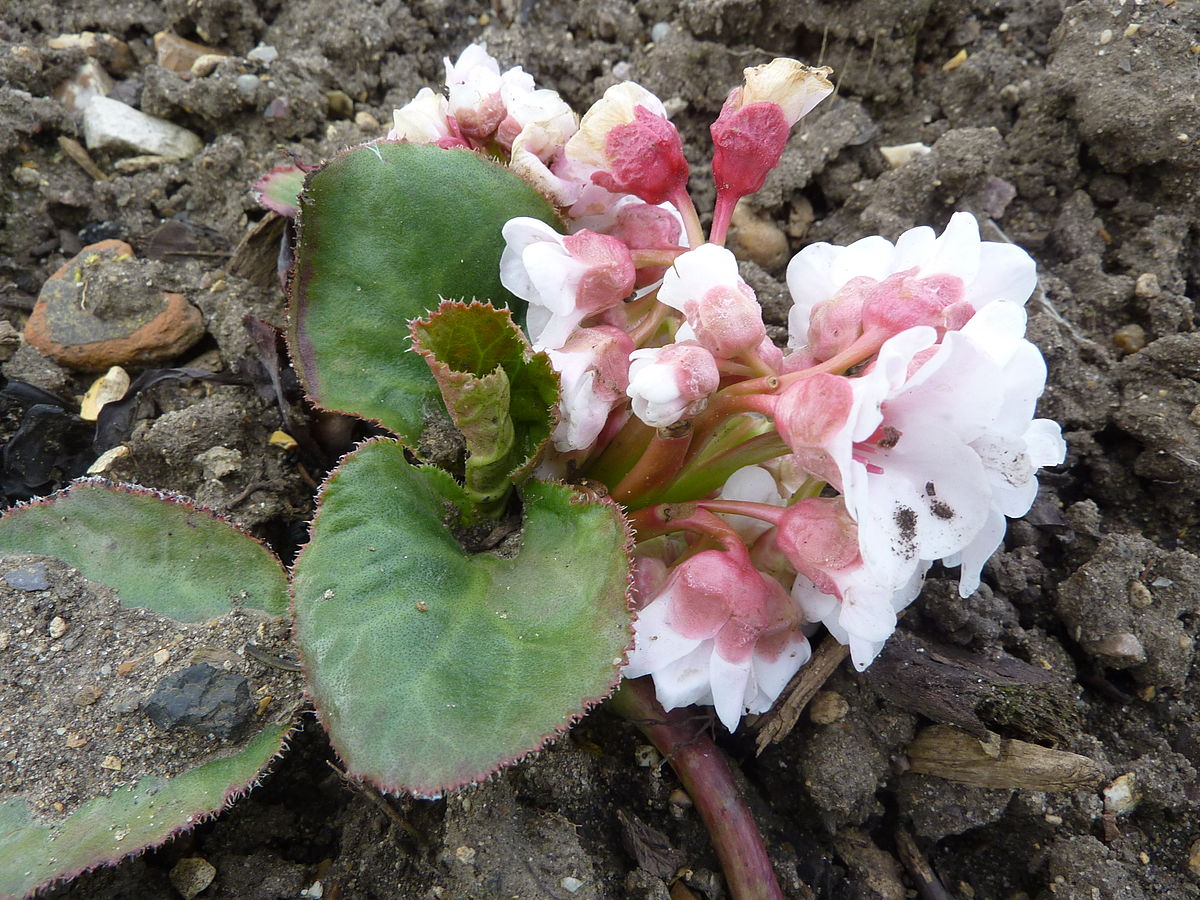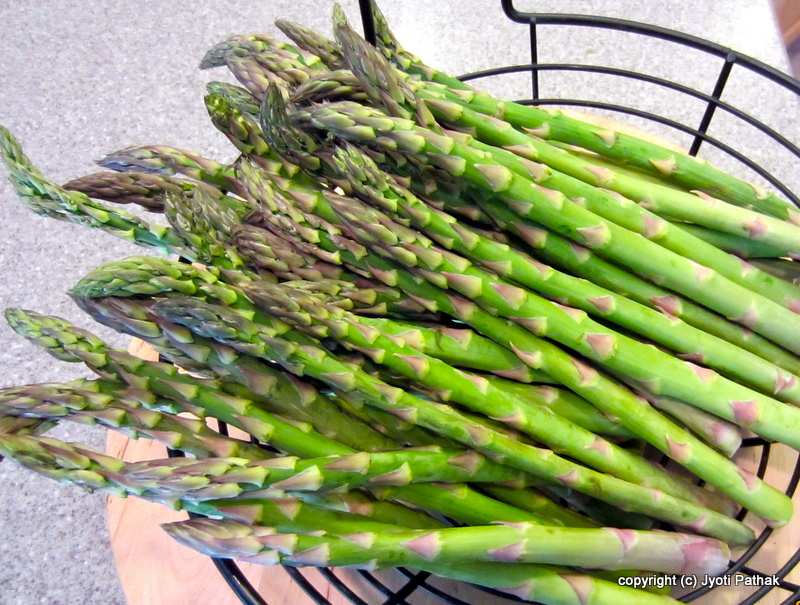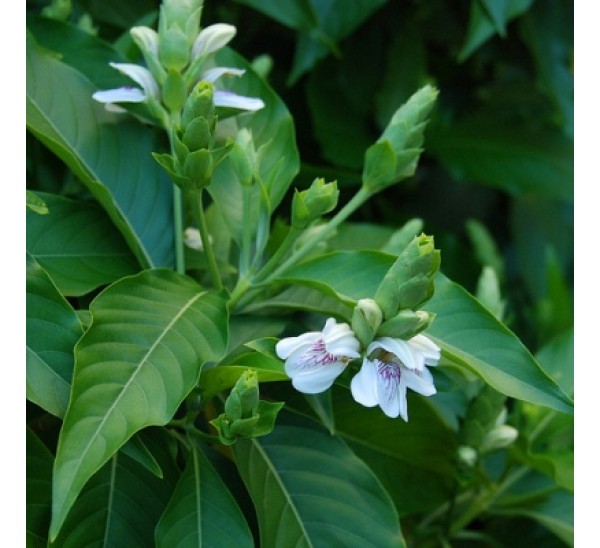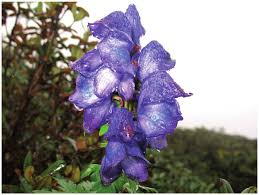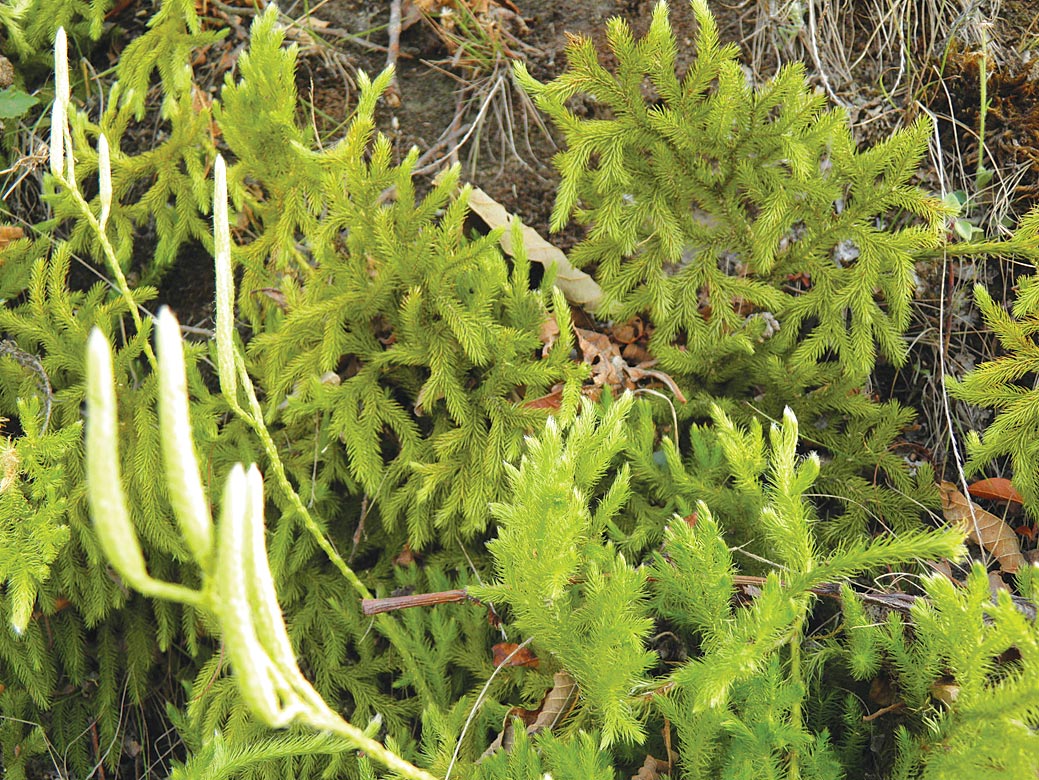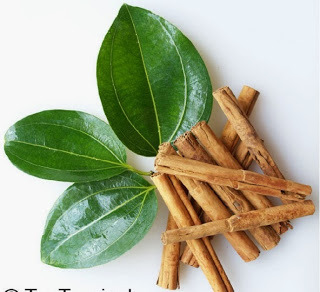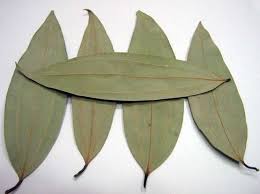Title:Botanical Name:Azadirachta indica,Neem (Nepal)
Purpose:
Healing power:
Neem tree is generally considered to be an air purifier and preventive against malarial fever and cholera .All parts of the tree possess medicinal properties. The leaves are useful in relieving flatulence, promoting the removal of catarrhal matter and phlegm from the bronchial tubes, and in increasing secretion and discharge of urine. They also acts act as an insecticide. The bark is a bitter tonic and a stimulant .It arrests secretion and bleeding besides counter acting any spasmodic disorders.
Malaria:
An infusion or a decoction of the fresh leaves is a bitter vegetable tonic and alternative, especially in chronic malarial fevers because of its action on the liver.
Piles:
It is very effective in piles.
Eczema:
The bark of the babul tree is used in the treatment of eczema.
Leprosy:
Te sap of the neem tree has been found effective in leprosy. Simultaneously the patient’s body should be massaged with the sap.
Skin Disorder:
The leaves applied externally are very useful in skin disease. They are especially beneficial in the treatment of boils, chronic ulcers, eruptions of small pox, swelling and wounds. They can be used either. An ointment prepared from neem leaves is very effective in healing ulcers and wounds.
Hair Disorder:
If there is any hair loss or it has ceased to grow, washing with the decoction of neem leaves may help. This will not only stop hair from falling but also help their growth. Frequent application of neem oil also destroys insects in the hair.
Epiphora:
The leaves are beneficial in treating epiphora- that is watering of the eyes, in which tears flow onto the cheeks due to abnormality of the tear drainages system. The eyelids should be painted morning and evening with this liquid.
Oral Disorder:
Cleaning the teeth regularly with a neem twig prevents gum diseases. It firms up loose teeth, relieves toothache, evacuates the bad odour and protects the mouth from various infections.
Target:-
Web diary:
Other Uses:
Neem is very useful at the time of childbirth. Administration of the juice of neem leaves to the woman in labour before child birth produces normal contraction in the uterus and prevents possible inflammation .It corrects bowls movements and checks onset of fevers, thereby facilitating the normal delivery. The use of tepid decoction of neem leaves as a vaginal douche heals any wounds caused during delivery and disinfects the vaginal passage. Neem is also a powerful insecticide to kill soil nematodes and other plant parasites and is useful as mosquito repellant. And neem juice is used in toothpastes and contraceptives.
uploaded by Arya K.C. at FB 2018 August 14
link from google
